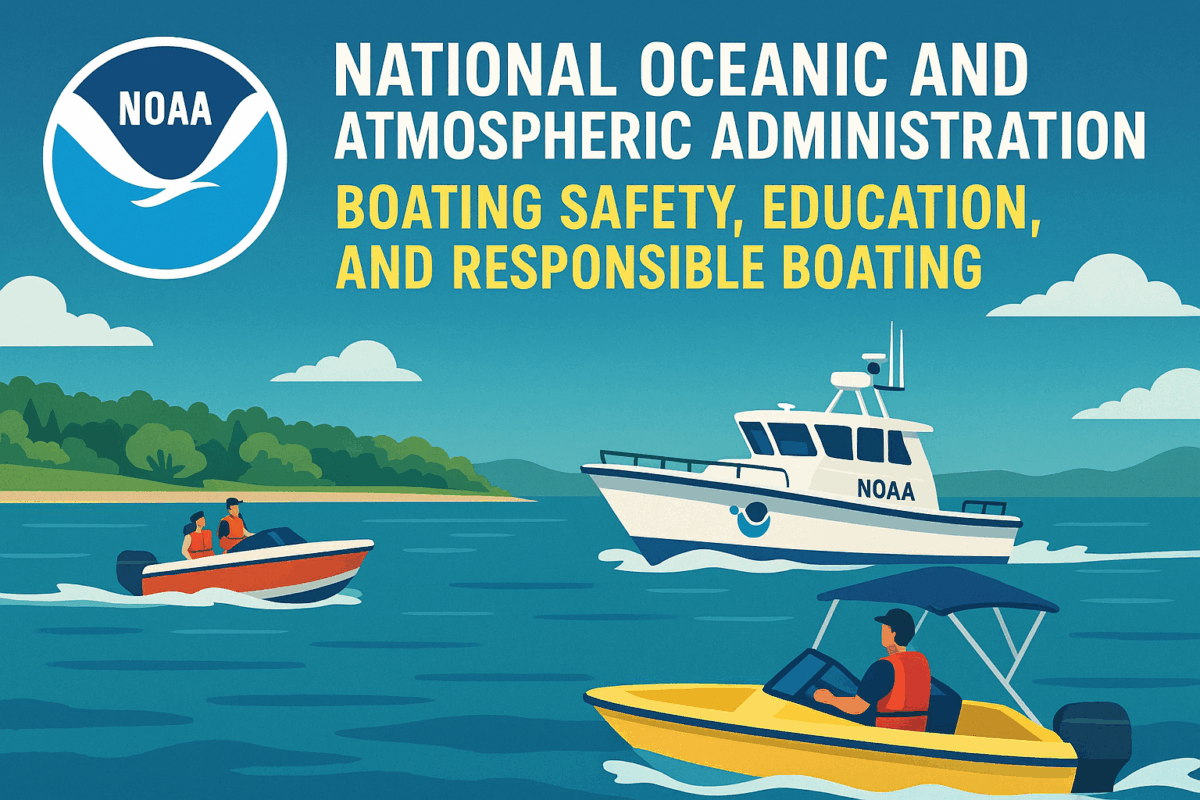Call: 1-800-832-7191

NOAA Climate Data Online
NOAA Climate Data Online Provides Reliable Access to Historical Weather Records
The NOAA Climate Data Online platform offers public access to decades of weather and climate records from across the United States. Users can explore temperature trends, precipitation totals, wind patterns, and extreme weather events. Because climate data supports research, planning, and safety, NOAA ensures accuracy and regular updates. Scientists, educators, and outdoor professionals rely on this resource to make informed decisions. By using this tool, anyone can better understand local and national climate patterns.
Search by Location, Date, or Weather Type
The platform allows users to search by zip code, city, or weather station. Filters include date ranges, event types, and data formats. Because flexibility matters, NOAA provides downloadable reports in multiple formats for easy analysis. Whether you’re studying drought conditions or planning a seasonal event, the data is accessible and customizable. Interactive maps and graphs help visualize trends over time. These features make climate research more engaging and effective.
NOAA Climate Data Online Supports Education and Emergency Planning
The NOAA Climate Data Online system helps educators teach climate science using real-world examples. Students can explore historical weather events and analyze long-term climate shifts. Emergency managers use the data to prepare for floods, heatwaves, and hurricanes. Because accurate records improve forecasting and response, this tool plays a vital role in public safety. Businesses also benefit by using climate data to plan operations and reduce risk. Reliable information leads to smarter strategies.
Access Free, Trusted Data Anytime
NOAA’s platform is free and available to anyone with internet access. Users can view, download, and share data without restrictions. Because updates occur regularly, the information remains current and relevant. The data portal includes tutorials and help guides for new users. Whether you’re a researcher or a curious citizen, the site offers valuable insights. Exploring climate trends helps communities adapt and prepare for future challenges.
